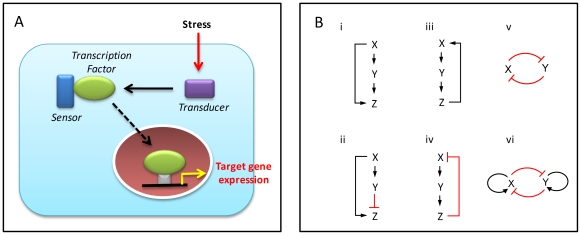Figure 4. Stress response pathways and network motifs.
(A) Typical structure of a stress response pathway (adapted from Simmons et al. [26]). The so-called eight canonical stress response pathways, conserved broadly across eukaryotes, have a common structure (common motifs) for sensing damage and mounting a transcriptional response to counteract the stress. (B) Common network motifs in intracellular response pathways. Three elements, (genes/proteins) X, Y, and Z, in a pathway can regulate each other to form: (i) a negative feedback loop; (ii) a positive feedback loop; (iii) a coherent feed-forward loop, where X activates Y, and both X and Y activate Z; and (iv) an incoherent feed-forward loop, where X activates both Y and Z, but Y suppresses Z. Two transcription factors X and Y can regulate each other through, for instance: (v) a double-negative feedback loop; or (vi) a double-negative feedback loop with positive autoregulation. Sharp arrows denote activation; flat arrows denote suppression.

